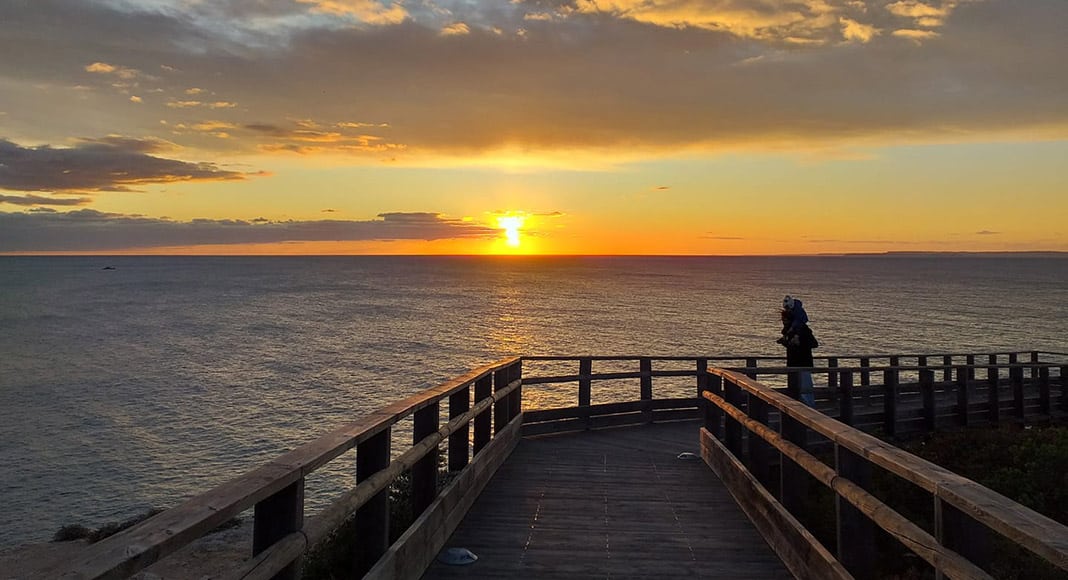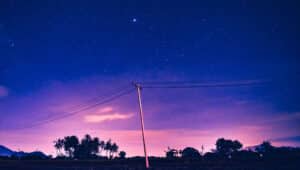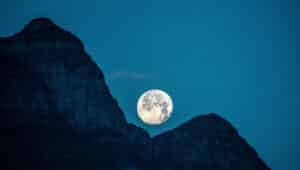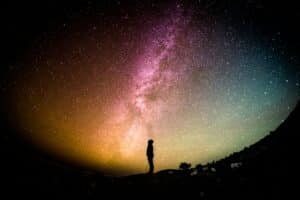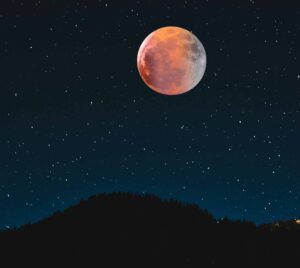Welcome to the November night sky. This is the month of the first night frosts in temperate northern hemisphere countries, and the appearance of the brightest star in the night-time sky.
Called Sirius, this star is in the constellation of Canis-Major and can be seen rising in the southeast at nightfall.
Sirius is one of the closest stars to our solar system at 8.6 light-years away. This star is 25 times as bright as the Sun and shines a brilliant white as its surface is 5000 degrees centigrade hotter than the surface of the Sun.
Sirius, when seen low down on the horizon, can be seen to sparkle with all the colours of the rainbow due to our Earth’s atmosphere refracting the white light from the star into its spectral colours.
There has been speculation that the Sirius star system may contain habitable planets, but this is highly unlikely as Sirius has a white dwarf companion star orbiting very close and this companion star used to be a red giant before it blew off all its outer layers to become now a small super dense white dwarf.
The age of this star system is only 230 million years, so it is less than 5% of the age of our solar system and, therefore, has not had nearly enough time to develop sophisticated life forms.
The winter Milky-Way can be seen arching overhead on November evenings. With the “W” shaped constellation of Cassiopeia imbedded deep within. Following the Milky-Way down towards the eastern horizon from Cassiopeia, we first encounter the bright star Capella in the constellation of Auriga. Further down, closer towards the horizon, are the twin stars Pollux and Castor in the constellation of Gemini.
The red planet Mars is still shining brightly in the south during November evenings, but it is now fading slightly from its peak brightness of mid-October. Through a small telescope, some dark surface markings can be seen, but the planet’s disk is now getting smaller as Mars moves away from us in its orbit.
The gas giant planets Jupiter and Saturn have now dropped out of view below the western horizon in mid-November evenings.
The night of the 17th is the peak of the famous Leonids meteor shower that has its origin from dust of the tail of the comet Tempel-Tuttle. This shower can be spectacular every 33 years and 1999 was a good year, so the next spectacular show should be in 2032, but nevertheless 2020 is still worth a look and the Leonids is still the best shower of November. Also, the sky will be dark as the Moon is only two days past new.
The Moon is last quarter on the 8th, new on the 15th, first quarter on the 22nd and full Moon on November 30.
By Clive Jackson
|| features@algarveresident.com
Clive Jackson is the director of the Camera Obscura attraction (next to the Castle in Tavira), specialising in education and public outreach.
281 322 527 | info@torredetavira.com www.torredetavira.com
www.viator.com/tours/The-Algarve/Camera-Obscura-Admission-Ticket/d774-66649P1
To see the November Sky Map click on the pdf link below

